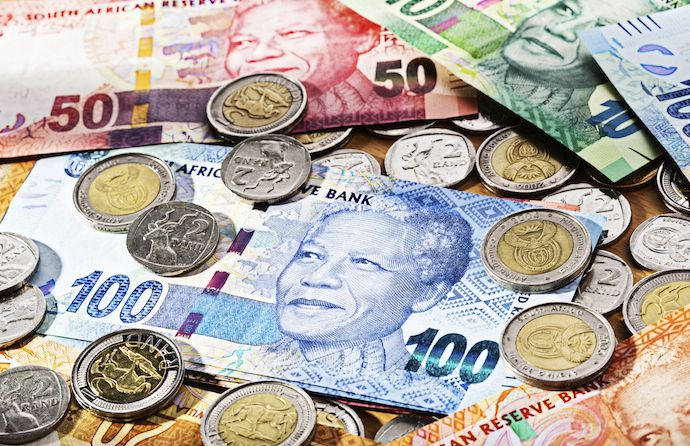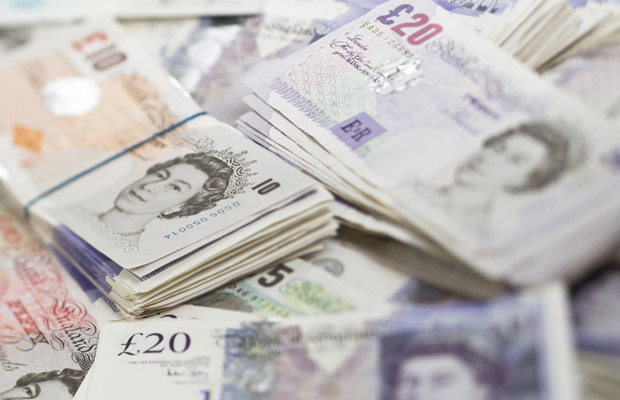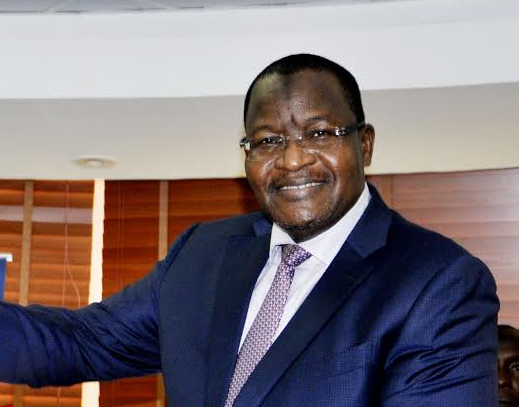Any optimism that the South African Rand (ZAR) would continue its attempt to strengthen against the USD, appears to have gone out the window – following the news that Jacob Zuma survived another no-confidence vote.
The Rand was previously showing signs of strengthening on indications that President Zuma would be ousted, but the ZAR quickly lost all gains following the news that he had survived a ‘no confidence’ vote for the 8th time.
With traders showing signs of positioning themselves beforehand for a potential Zuma loss, the decision to keep him in power, has increased the risk of eliminating Rand buyers from the market. At the time of writing, USDZAR has advanced 1.6% since Monday, with the Rand declining against all G-10 currencies, including an overwhelming majority of additional currencies across the global markets.
Following the news that Parliament has once again voted to offer President Zuma a lifeline, the risks on the Rand are pointing towards further downward pressure. This is due to the likelihood that ongoing political risk will continue to dominate the South African headlines. Political turmoil has plagued the nation since the surprise removal of the respected Finance Minister, Pravin Gordhan, back in March. When one combines ongoing political risk, a technical recession and emerging concerns over potential political interference in the hallowed ground of monetary policy, it creates a picture that sellers will remain in control of the South African Rand.
Advertisement
Gold and Yen gain on Trump warning
Both Gold and the Japanese Yen have shown signs of safe-haven buying from investors, following the overnight warning from US President Trump to North Korea. Donald Trump has been quoted throughout the global media as warning the North Korean regime, that any threat to the United States would be met with “fire and fury”. The South Korean Won has also declined by over 0.8% – on the signs of another escalation of political tensions between North Korea and the United States.
The reaction to Trump’s overnight comments, clearly shows that all it takes is one “off the cuff” remark to wake markets up, even during the summer season of light market volatility.
Advertisement
Time to buy the Chinese Yuan?
This one has slipped under the radar somewhat, with most of the spotlight today being focused on the escalating tensions between President Trump and North Korea. The Yuan has continued to advance, after reaching a 10-month high against the Dollar on Tuesday.
It’s been clear in recent weeks, that the People’s Bank of China (PBoC) is protecting the currency from further downside. However, even with China’s fundamentals improving, the Yuan has only advanced approximately 3% against the Dollar this year, whereas some major currencies like the Euro and Australian Dollar, have moved around 10%.
I think the momentum of the Yuan is sending a clear signal that the currency will strengthen further over the coming months, and there is room for the Yuan to advance another 2-3% before the end of 2017.
Advertisement
Limited reaction to OPEC meeting
The lack of reaction to the OPEC meeting in Abu Dhabi, is thought to be linked to the fact that the meetings’ focus was to discuss compliance, rather than deeper production cuts – a message that investors want to hear before they reload purchasing positions in Oil. If the theme of the OPEC meeting in the United Arab Emirates (UAE) had been geared towards measures to reduce continued oversupply in the market, rather than compliance, investors would have watched the meeting in Abu Dhabi more closely.
The theme of “compliance” is likely to be used to show that the cartel are united in their efforts to stabilize the oil market, in terms of the current production cuts that are taking place. I expect to hear more messages from OPEC in this vein in the coming weeks.
Advertisement
Add a comment







